
My 10 must eat Polish foods:
1. White Barszcz Zurek – sour rye bread soup
This soup is made with a fermented sour rye starter called zakwas. It’s traditionally eaten at Easter although these days its eaten all year round, which is great because it means I got to try it in December! Usually it contains sausage and eggs in a white broth – as did this fine example! It was hearty, comforting, warming from black pepper, slightly spiced and very filling. I ate this at a roadside diner just outside a small town around 40km north of Warsaw. With rustic decoration and a menu full of traditional Polish dishes, this family style place was a joy to visit.
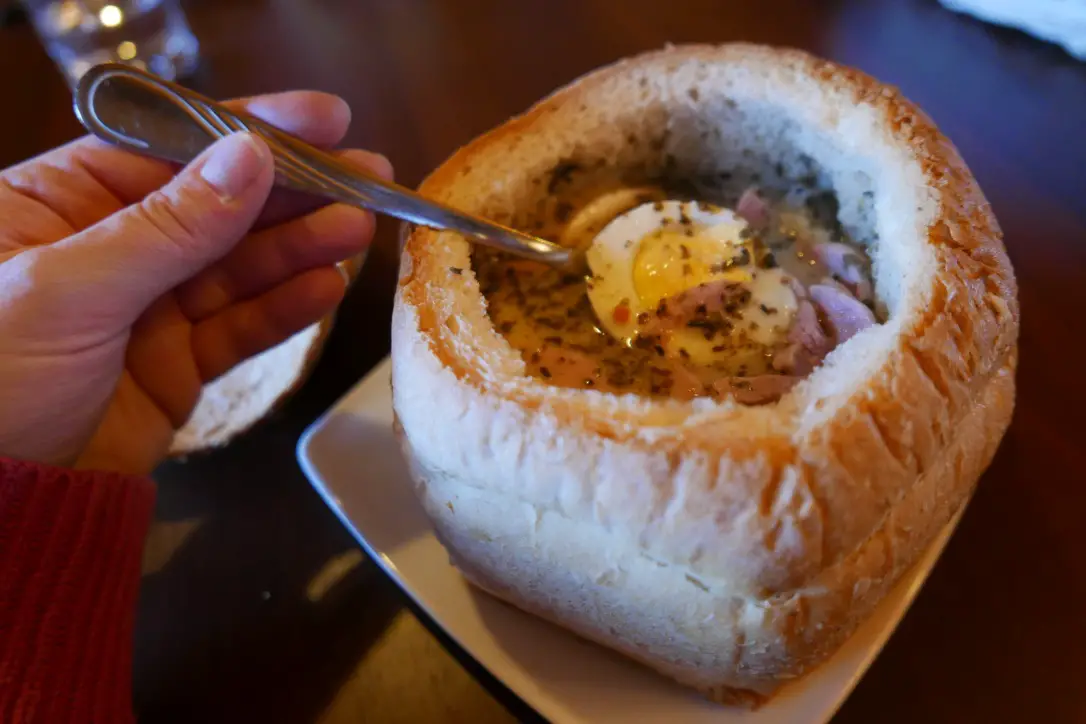
2. Pierniczki – spiced gingerbread
Gingerbread has been made in the city of Toruń since the Middle Ages. Some even claim it was invented there. Either way, I was lucky enough to visit the Żywe Muzeum Pierna and find out more. We met gingerbread makers from the 15th century through to the 18th century (alot of fun) and saw the different methods and machinery used. And, we even had a go at making and icing the gingerbread ourselves. To be honest, mine was rubbish (my icing skills are not great) but their resident team really know what they’re doing. Although we were only there a short time, Toruń is a gorgeous place with plenty of activities for families, kids, adults and couples.
I’d love to head back in the future and explore more of it. And of course, eat more of that delicately spiced almost cakey gingerbread! So much tastier than the brittle sweet stuff you see in the supermarkets.
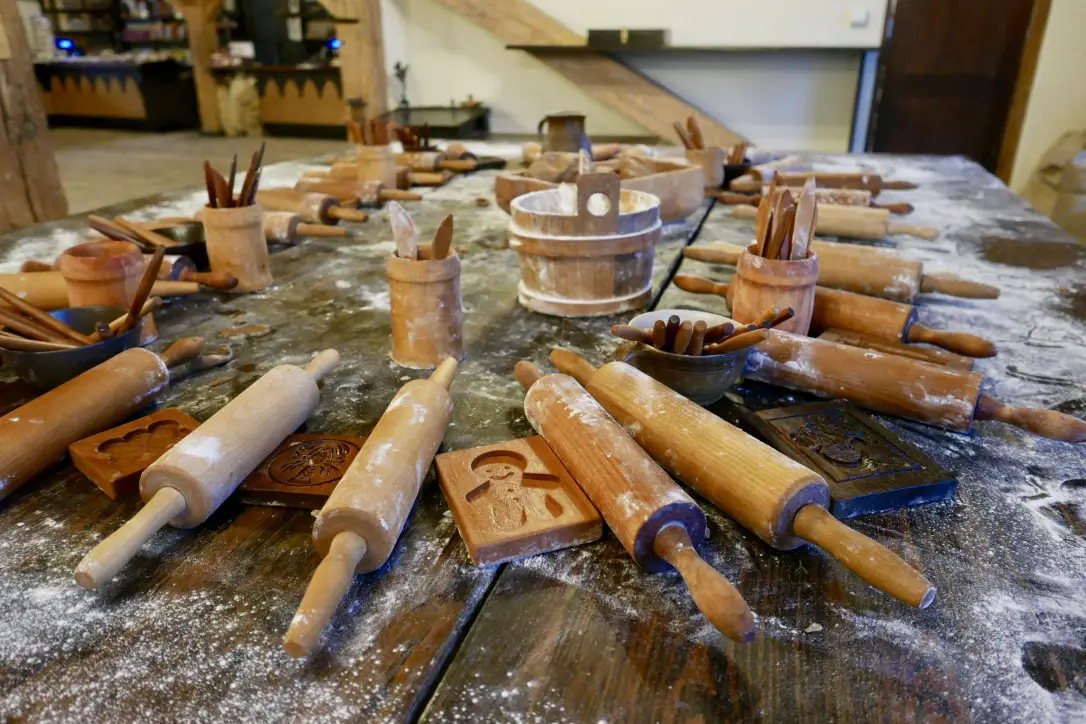
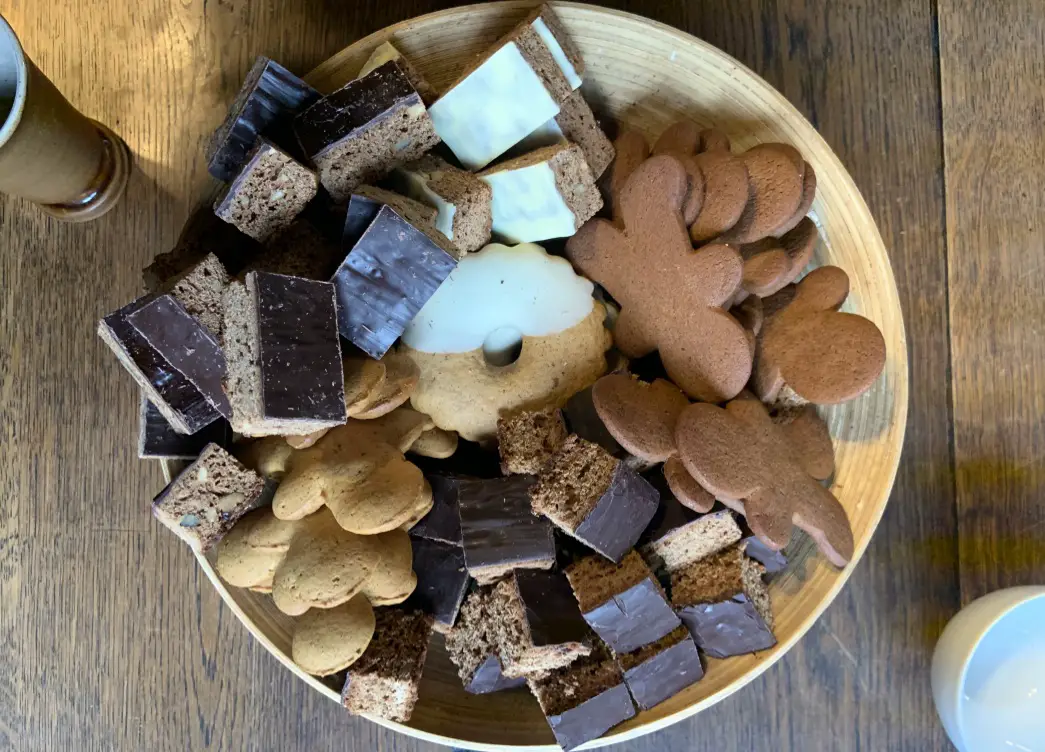
3. Pierogi
I am a huge fan of dumplings. You see them in different forms all over the world and I don’t think I’ve ever met a dumpling I didn’t like! From Korean mandu to Japanese Gyoza and of course, Polish pierogi. During our trip, we ate pierogi a few times at different places and I loved them all.
Pierogi are found all over central and eastern Europe and fillings can be both sweet and savoury. We ate them in Lithuania and they’re often thought of as Russian. In fact, my favourite version on the trip was the Pierogi Ruskie (pictured below) which is traditionally filled with potato and cheese and sprinkled with bacon bits. Hell yes!
Pictured one down again, the pierogi I tried at Hotel Gdansk were filled with sauerkraut and mushrooms and swimming in onions and salty butter. They were also very delicious. A word of warning – pierogi are often served as a starter but they are filling so maybe share a portion and keep space for your main course.
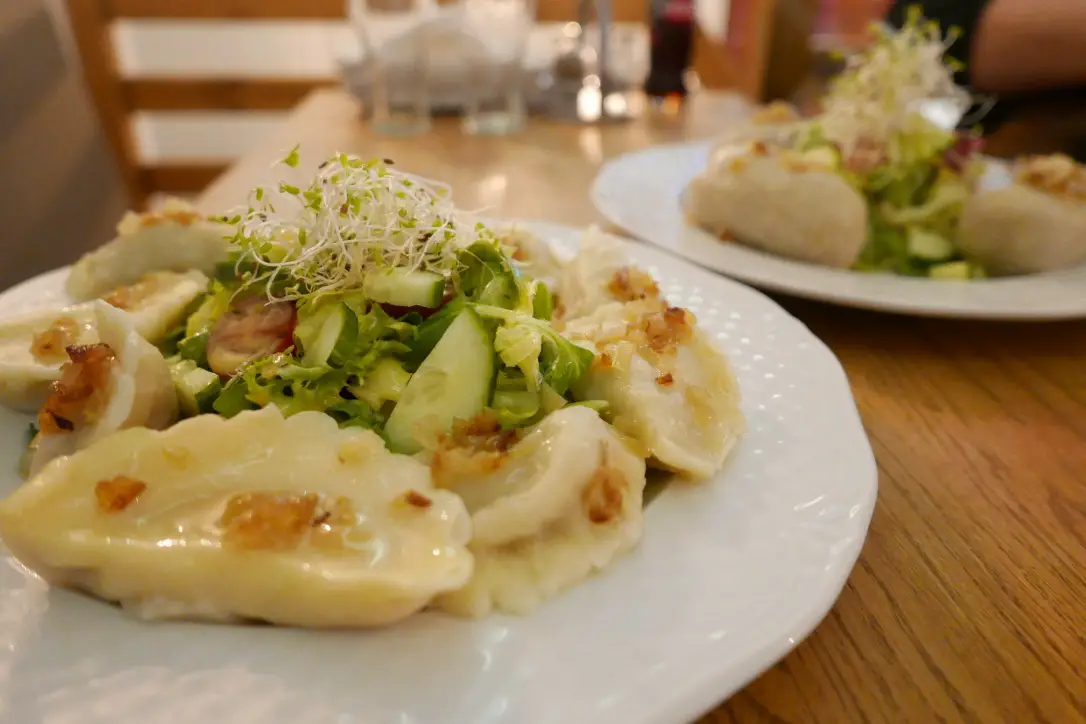
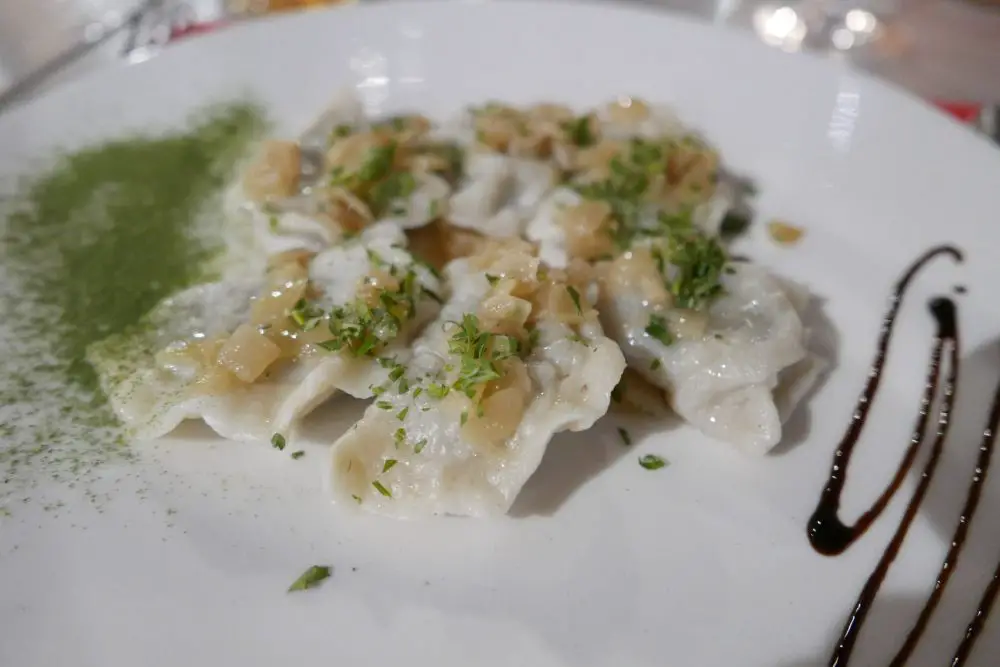
4. Śledź w Śmietanie – Polish herring in sour cream
Herring is one of the most common of all Polish foods and there are probably 101 different ways to prepare and eat it. You see it salted and brined, pickled and dressed in various sauces. This, in sour cream is a particularly traditional way to serve it. Salted herring fillets are cut into bite-sized chunks and mixed with onion and sometimes apple before being dressed in sour cream and fresh herbs. The resulting dish is surprisingly fresh and zingy and doesn’t taste overly fishy making it a good option if you’re not usually into herring. It’s served cold and often as a side dish, or in our case, as part of a selection of starters.
The dish below was prepared for the group at Pod Lososiem, a well known fish restaurant in Gdansk. Whilst we were there we tried five different herring dishes and learned about the history of this most humble of Polish foods. Take a read of my blog post to find out more and see a recipe for another type of herring dish.
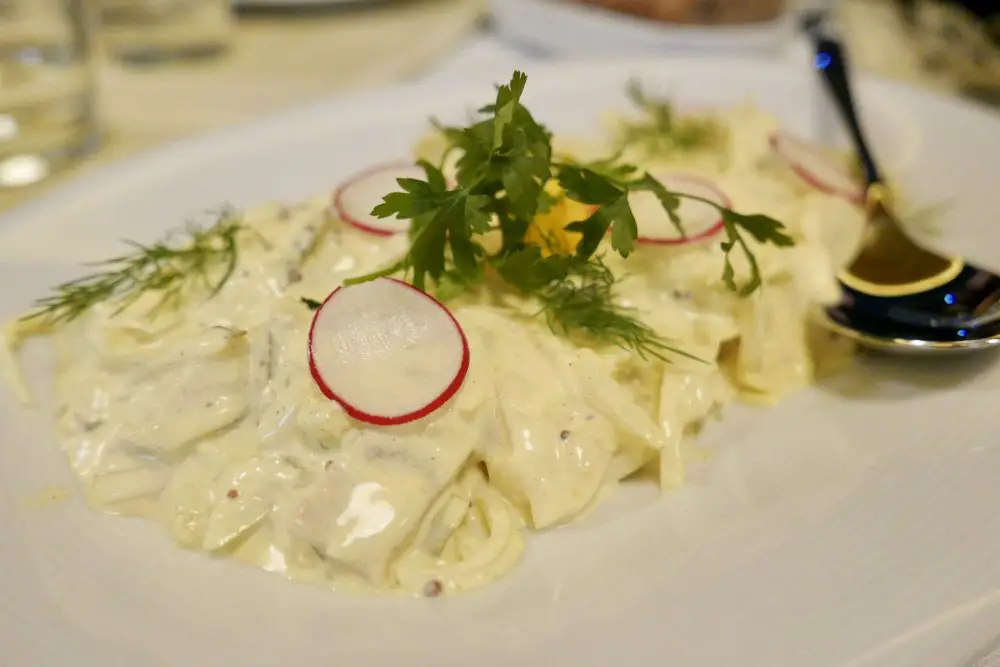
5. Gęsie – goose
As we were in Poland in December, there was a lot of goose on the menu. Goose season starts in November and it is traditionally eaten as part of the Christmas meal, alongside carp, pierogi and soup. Over the course of our trip, we tried goose in many forms. These included smoked goose carpaccio, terrine and pate through to the more usual roasted goose leg. We had this (pictured below) at Hotel Gdansk as part of a traditional Christmas feast and it was delicious.
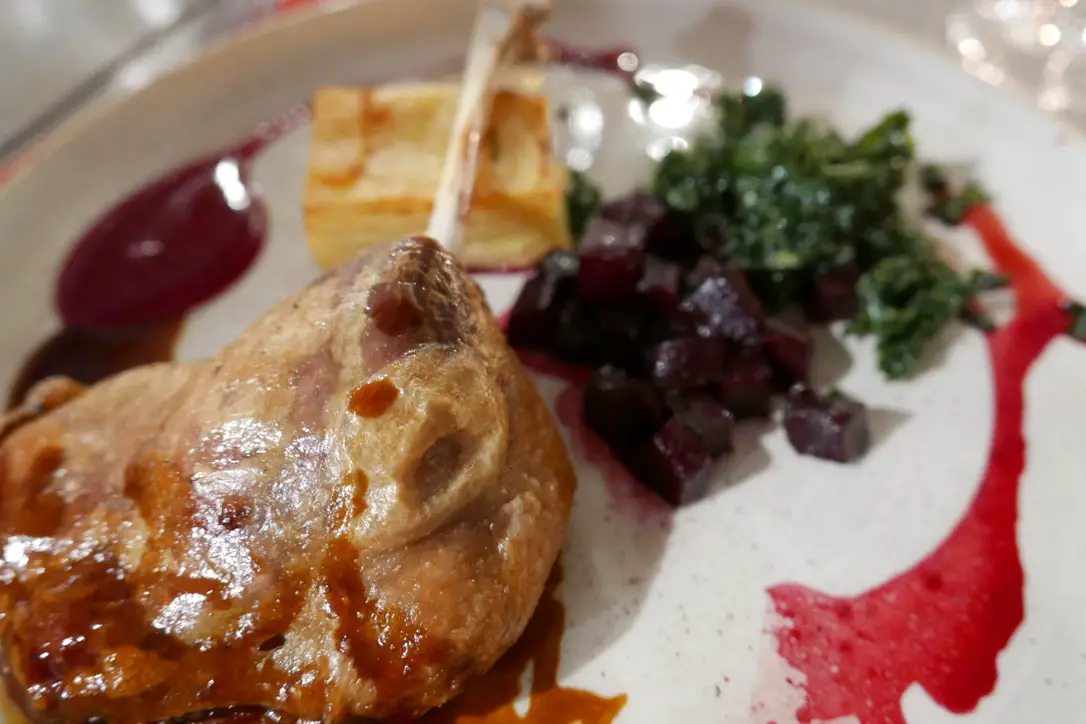
At Pałacyk Gozdawa, we met chef Piotr Lenard who is an expert in all things goose. He demonstrated how to butcher a goose and showed us how he makes tartare. Everything Piotr cooks with at the palace is locally sourced and organic. We then went on to eat a huge feast with goose 10 different ways!
I was one of the few bloggers on the trip who braved the very traditional Czernina (goose blood soup). I’ve not shared a photo as a bowl of dark brown liquid is never going to look appetising but it had a great story behind it. The tale goes that if a man wants to propose to a woman, her family give him black soup if the proposal is rejected. Historically, in the 16th /17th century, this soup would be made with duck, goose and wild animal blood. Now, it tends to only be duck and goose.
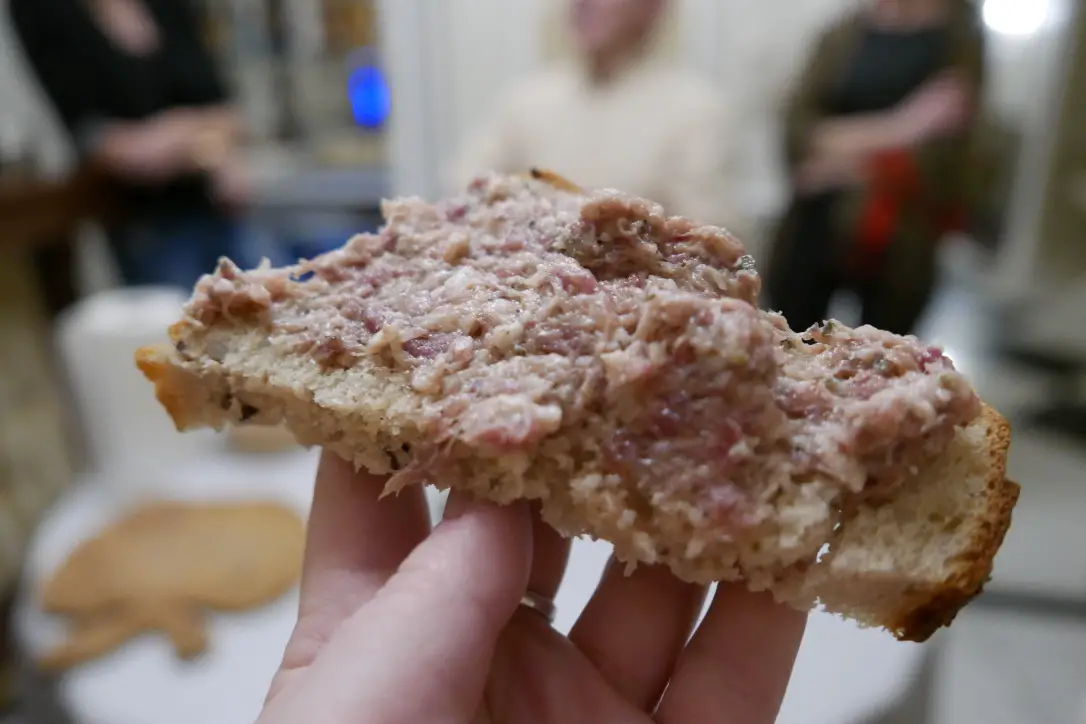
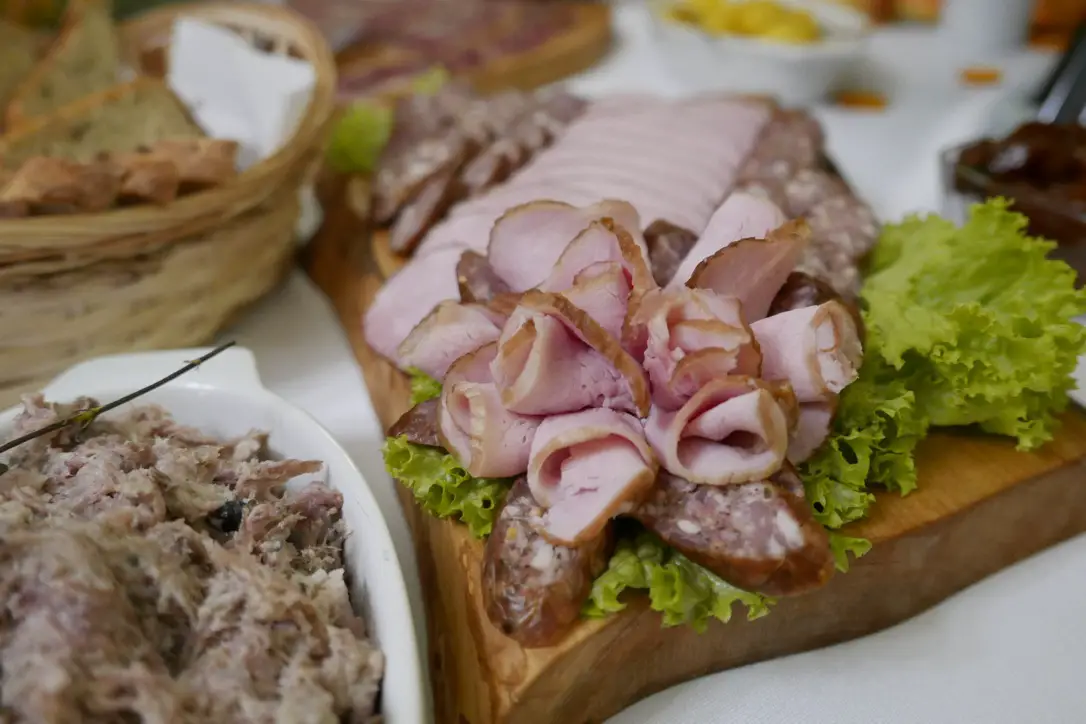
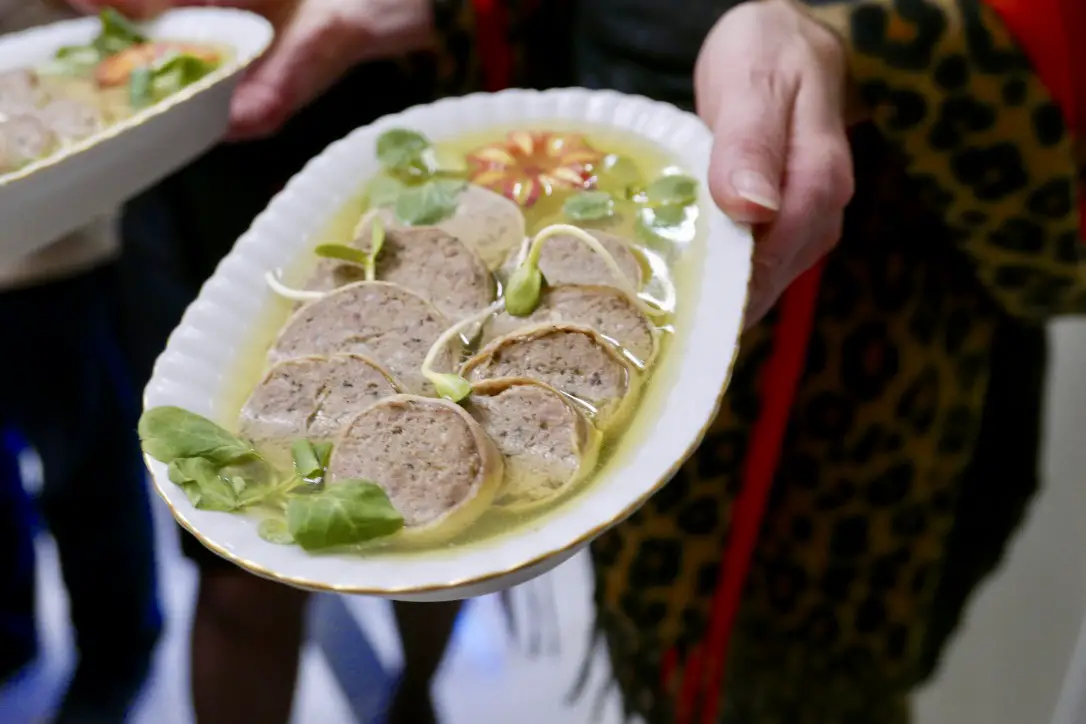
6. Ogórki Kiszone – pickled cucumbers
Gingey Bites readers will know how much I love pickles. Just like dumplings, they come in many forms and exist in cuisine all over the world. I absolutely love pickled cucumbers. During our trip, we visited Agrotyrystyka Mazury, a family run farm which runs courses and experiences designed to promote local and traditional agricultural activities. It was amazing to spend time in a Polish home learning how to make sauerkraut, pickled cucumbers and smoked trout from Polish masters. The feast at the end of the evening was wonderful too.
Polish cucumber pickles tend to be made with whole medium sized cucumbers, dill and spices and are fermented in a salted brine or vinegar based liquid. It’s important to pack them in tightly (this helps keep them crisp) and use sterilised jars.
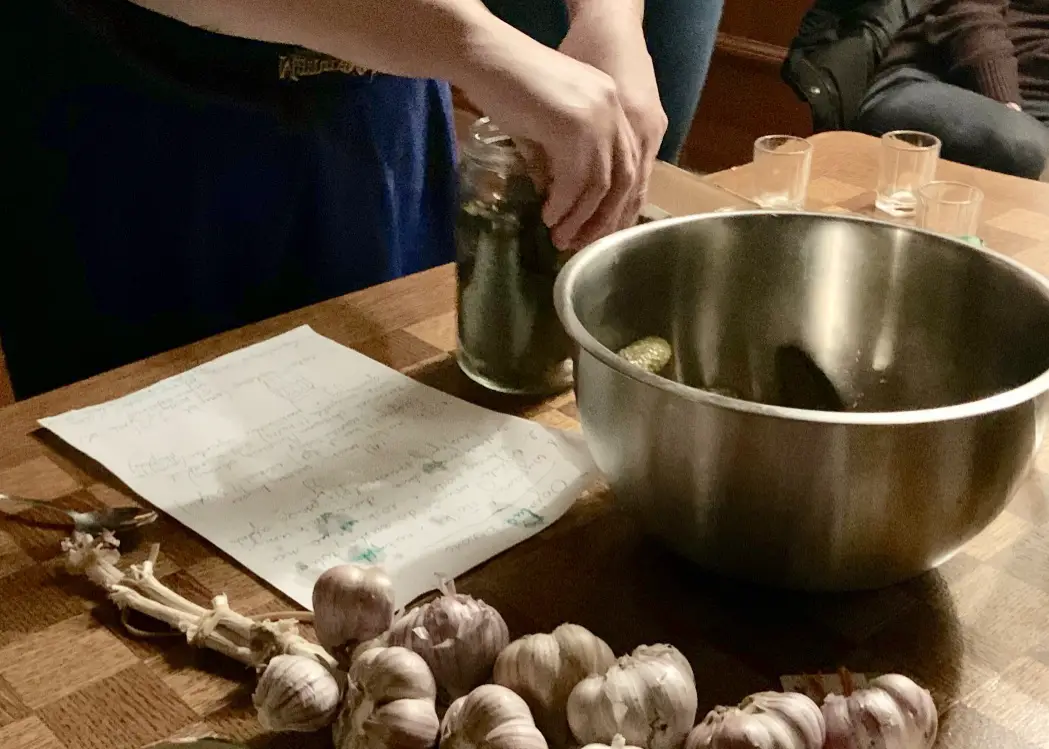
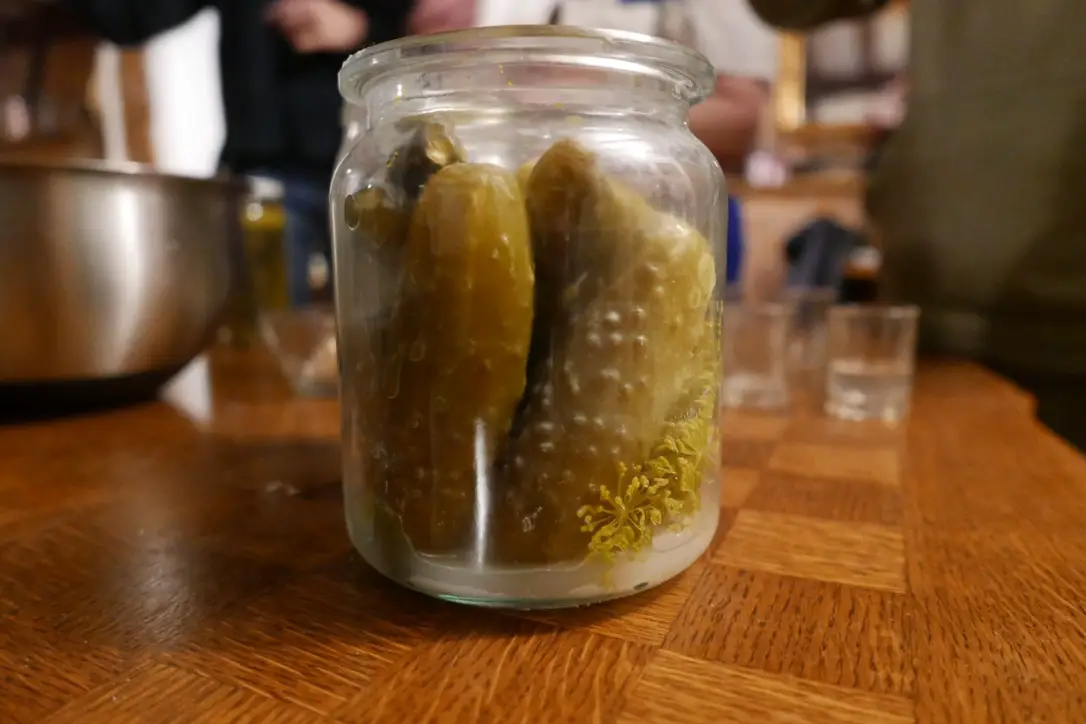
7. Wędzony pstrąg – smoked trout
Fish has always played a big part of Polish cuisine – something which I didn’t fully realise until this trip. I knew about pickled fish having seen and enjoyed consuming those jars of roll-mop type fish at the Polish shops here in the UK, but I didn’t realise just how prevalent it is. Given that only 1/4 of the country has a coastline, alot of the fish eaten in Poland is lake and river fish like carp and trout.
At Agrotyrystyka Mazury, we were taught how to prepare a trout for smoking. From cleaning the fish to tying it in string for hanging during the smoking process. I was pretty rubbish! We then all went out to a smokehouse on the farm grounds (in the pitch black!) and watched the trout being hung for smoking which takes a couple of hours.
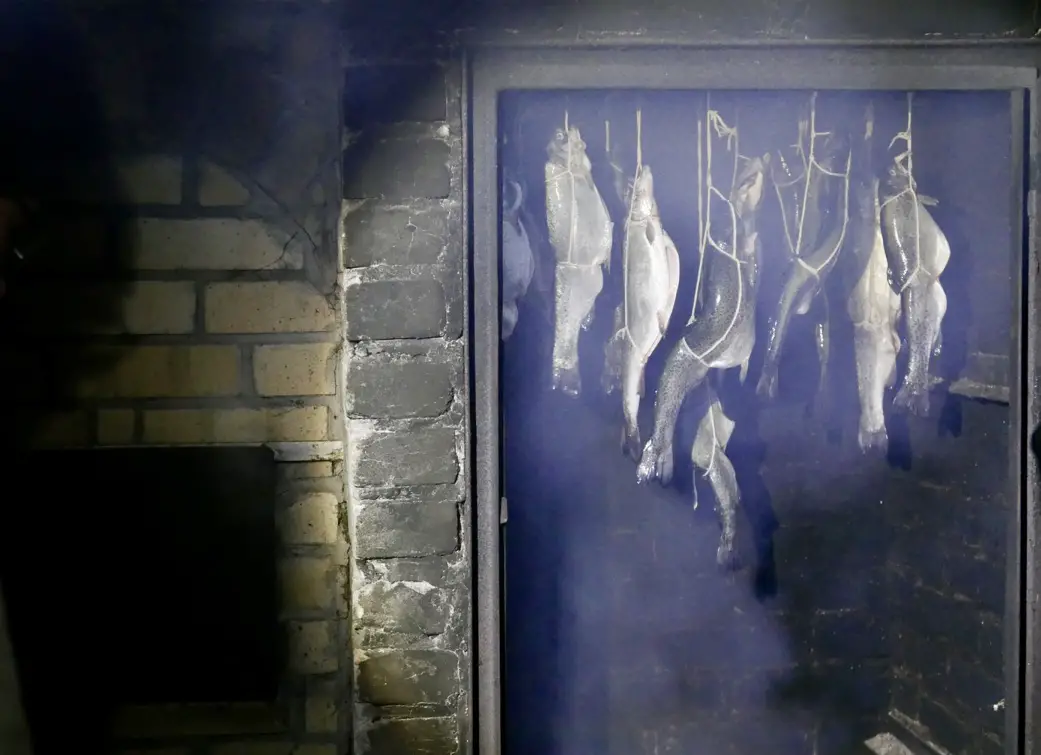
We ate the trout with spiced roast potatoes, pickles and sauerkraut. This humble and traditional meal was one of my favourites of the trip. The trout flesh was soft, salty and smoky. The flesh easily came away from the bones too so it was pretty easy to eat.

8. Kaczka Pieczona – roast duck
As you’ve gathered by now, Polish foods are heavy. Meat and potatoes play a key role with a lot of pork and beef on the menu. What we saw most though was duck and as previously mentioned, goose. We ate duck on a couple of occasions during the trip, most memorably at the very pretty 4 Pory Roku restaurant in Toruń. They served it with potatoes, spinach, baby turnips and a modern take on an orange sauce. I enjoyed the texture from roasting the duck breast as opposed to the more common frying technique used here. It was moist but with well seasoned crispy skin too!

9. Sauerkraut – fermented cabbage
I’m a huge fan of fermented foods and Dave and I already make our own kimchi. Since visiting Agrotyrystyka Mazury I’m keen to start making sauerkraut too. We learned how to make it and tried it in various states of ferment too. Sauerkraut is made of raw, finely shredded cabbage which is fermented in a brine solution. The version we had here also included grated carrot and was really delicious. Sauerkraut is really good for you too. It’s high in vitamins C and K and it helps to balance your gut bacteria.
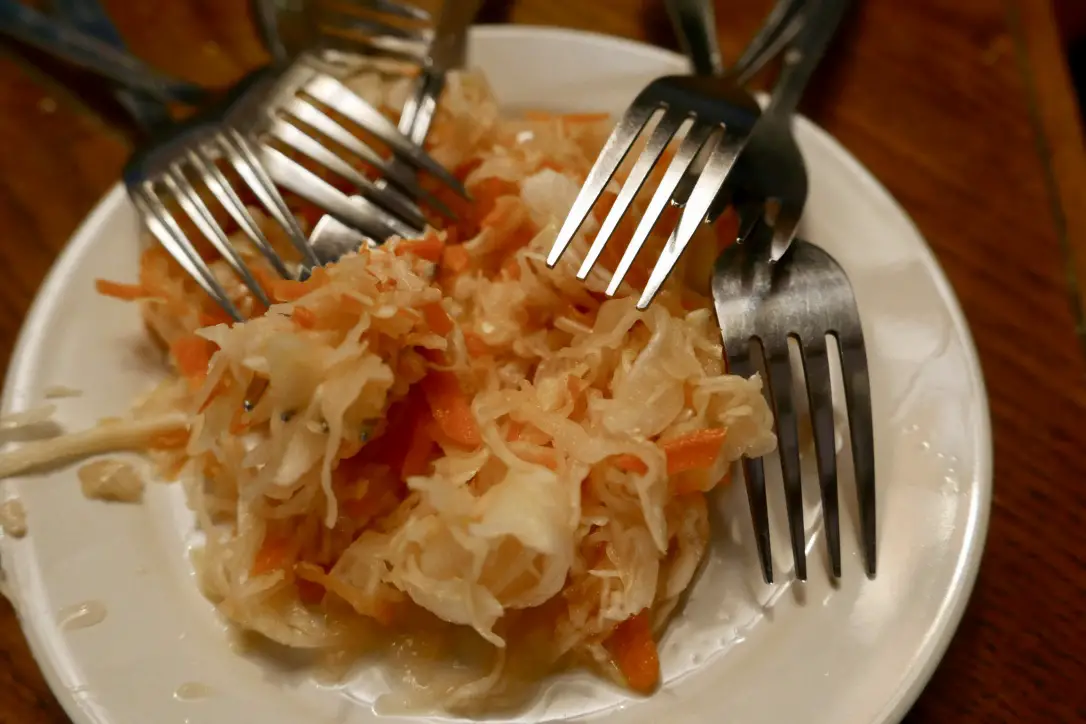

10. Bonus item: Vodka
On the final day of our trip we visited the Polish Vodka Museum in Warsaw. Did you know that Vodka was actually first distilled in Poland and not Russia? The Polish Vodka Museum is unique. It’s the first of its kind and is housed in the very building that the country’s first large scale vodka factory operated. I also enjoyed chatting to museum founder and chairman of the Polish Vodka Association Andrzej Szumowski for At the Sauce (my food podcast) and will be sharing that episode soon. We also enjoyed a tasting session where we learned that vodka is much more than the spirit you mix with coke and drink at university!

*I was invited on this press trip by The National Agricultural Support Center (KOWR) of Poland. In return I was expected to produce a number of blogs and social media posts about my experience in Poland and Polish foods. I was given free reign to choose what I wrote about and of course, all opinions stated are my own*


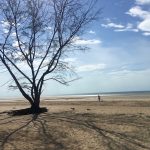
Sour rye bread soup is my favourite! And we are never without sauerkraut, that has been a staple in my house since my childhood.
I haven’t tried anything but pierogies here! We have a lot of the same things in Norway too, but I’m sure they aren’t as alike as they sound. I’ve heard sauerkraut is way more sour than our surkål (sour cabbage), but I would still love to try it!
Sauerkraut, roast duck and pickled cucumber! I love them ……… I need to try out the other dishes here though they sound so good!
All these Polish foods look delicious and interesting! My personal fave is pierogies!
Wow! What an amazing line-up for this kind of food. Every food you’ve featured looks incredibly delicious and tasty. I’m now craving for this food because it’s definitely tempting to the eye.
What a great roundup of traditional polish foods! I can’t wait to try one or all of these and impress my guests with them.
A beautiful collection of recipes here – I love the smoked trout idea, really need to try that as I do have a smoker and looks like the perfect recipe.